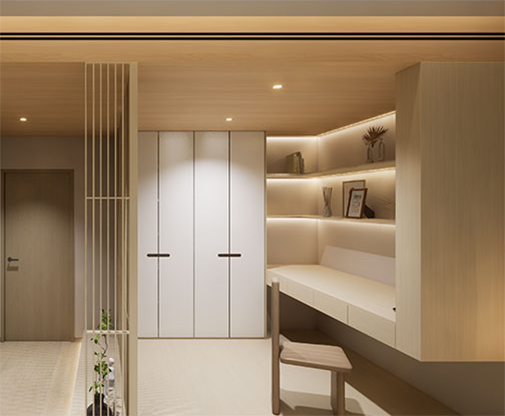Unveiling the Titans of Construction: What is the Strongest Building Material for a House?
When it comes to constructing a house, the choice of building materials is paramount. The strength of a structure not only influences its durability and longevity but also its ability to withstand environmental stresses such as wind, earthquakes, and other natural disasters. In this article, we will explore the strongest building materials available for residential construction, examining their properties, advantages, and applications.
Understanding Strength in Building Materials
Before diving into specific materials, it's essential to understand what strength means in the context of construction. Strength can be categorized into several types:
- Compressive Strength: The ability of a material to withstand axial loads without collapsing.
- Tensile Strength: The resistance of a material to breaking under tension.
- Shear Strength: The ability to resist forces that can cause the internal structure of a material to slide against itself.
Each of these strength types plays a crucial role in determining the overall performance of a building material.
Top Contenders for the Strongest Building Material
- Reinforced Concrete
Reinforced concrete is a composite material that combines concrete's compressive strength with steel's tensile strength. This synergy allows for the construction of structures that can bear heavy loads and resist various stresses.
- Advantages:
- High durability and resistance to weathering.
- Fire-resistant properties.
- Versatility in design and application.
- Applications: Commonly used in foundations, walls, and floors of residential buildings, as well as in bridges and high-rise structures.
- Steel
Steel is renowned for its exceptional tensile strength, making it a popular choice for structural frameworks. It is often used in conjunction with other materials to enhance overall strength.
- Advantages:
- High strength-to-weight ratio, allowing for lighter structures.
- Flexibility in design, enabling innovative architectural solutions.
- Resistance to pests and rot, unlike wood.
- Applications: Frequently used in beams, columns, and reinforcements in concrete structures.
- Masonry (Brick and Stone)
Masonry materials, such as brick and stone, have been used for centuries due to their impressive compressive strength. They provide excellent thermal mass, which can enhance energy efficiency in homes.
- Advantages:
- Aesthetic appeal and variety in design.
- Natural resistance to fire and pests.
- Longevity and low maintenance.
- Applications: Ideal for load-bearing walls, facades, and decorative elements in residential buildings.
- Cross-Laminated Timber (CLT)
Cross-laminated timber is an engineered wood product that has gained popularity in modern construction. It consists of layers of wood glued together at right angles, providing enhanced strength and stability.
- Advantages:
- Sustainable and renewable resource.
- Excellent thermal insulation properties.
- Lightweight yet strong, making it easier to handle.
- Applications: Used in residential buildings, particularly in multi-story constructions, where its strength can be fully utilized.
Factors Influencing Material Selection
When determining the strongest building material for a house, several factors must be considered:
- Local Climate: Materials must be chosen based on the environmental conditions of the area, such as humidity, temperature fluctuations, and potential natural disasters.
- Building Codes: Compliance with local building regulations is crucial, as they dictate the minimum strength and safety standards for construction.
- Budget: The cost of materials can vary significantly, and it is essential to balance strength with affordability.
- Aesthetic Preferences: The visual appeal of materials can influence choices, especially in residential construction where curb appeal is important.
Conclusion: The Quest for Strength
In conclusion, the strongest building material for a house depends on various factors, including the specific requirements of the project, environmental conditions, and personal preferences. Reinforced concrete and steel are often at the forefront due to their remarkable strength and versatility. However, innovative materials like cross-laminated timber are redefining traditional notions of strength in construction.






